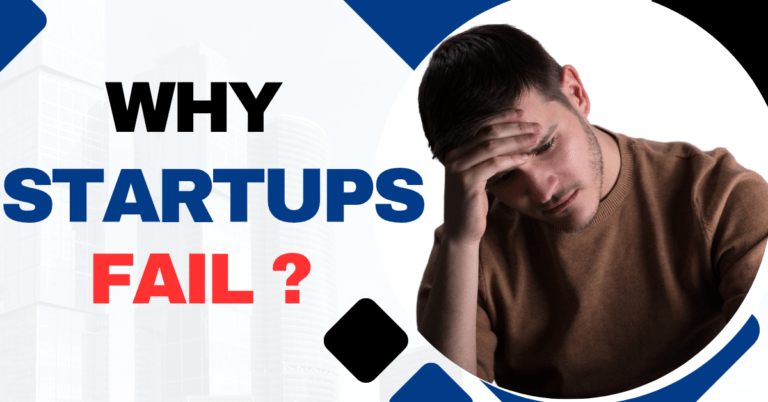
Introduction
Flipkart is one of India’s largest e-commerce platforms, revolutionizing online shopping in the country. Founded in 2007 by Sachin Bansal and Binny Bansal, Flipkart began as an online bookstore and expanded to become a multi-billion-dollar marketplace offering a vast range of products. This case study explores Flipkart’s journey, business model, challenges, and success factors.
Company Overview
- Founded: 2007
- Founders: Sachin Bansal, Binny Bansal
- Headquarters: Bengaluru, India
- Industry: E-commerce, Retail
- Acquisition: Acquired by Walmart in 2018 for $16 billion
Market Opportunity
India’s e-commerce industry has grown significantly due to increasing internet penetration, smartphone adoption, and digital payments. Flipkart capitalized on this market shift by offering a convenient and customer-friendly online shopping experience.
Business Model and Strategy
1. Marketplace Model
- Flipkart operates as a marketplace connecting buyers and sellers.
- Offers a diverse product range, from electronics and fashion to groceries and furniture.
2. Technology and Innovation
- AI-driven recommendations and personalized shopping experiences.
- Data analytics for inventory management and demand forecasting.
- Mobile-first approach to tap into India’s growing smartphone user base.
3. Customer-Centric Approach
- Easy returns and replacements to build trust.
- Cash-on-delivery option to encourage adoption in cash-preferred regions.
- Loyalty programs like Flipkart Plus to enhance customer retention.
4. Strategic Acquisitions
- Myntra (2014) and Jabong (2016) to strengthen its fashion segment.
- PhonePe (2016) to tap into digital payments and financial services.
Funding and Growth
- Raised multiple rounds of funding from investors such as Tiger Global, SoftBank, and Accel Partners.
- Achieved unicorn status in 2012.
- Walmart’s acquisition in 2018 helped Flipkart expand further and strengthen its supply chain.
Challenges Faced
- Competition: Faces tough competition from Amazon, Reliance JioMart, and emerging players.
- Logistics and Delivery: Managing deliveries across India’s vast and diverse geography.
- Regulatory Hurdles: Compliance with changing e-commerce regulations and FDI norms.
- Profitability: Sustaining profitability amid heavy discounts and high operational costs.
Future Outlook
Flipkart continues to innovate with new categories like grocery delivery and quick-commerce services. The company is also focusing on AI-driven logistics and expanding its private label products. With a strong market presence and Walmart’s backing, Flipkart is poised for continued growth in India’s e-commerce industry.
Conclusion
Flipkart’s journey from a small startup to a leading e-commerce giant is a testament to innovation, strategic decision-making, and customer focus. By adapting to changing market dynamics and leveraging technology, Flipkart has played a pivotal role in shaping India’s digital commerce landscape.





